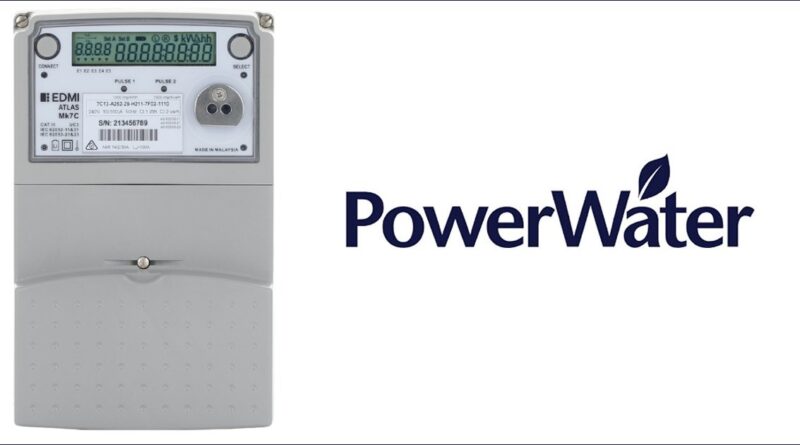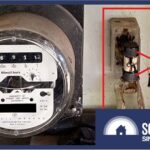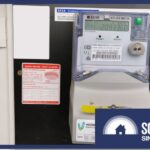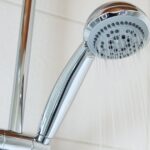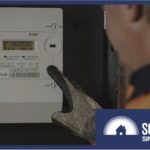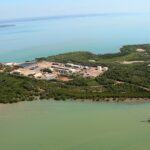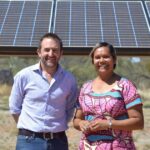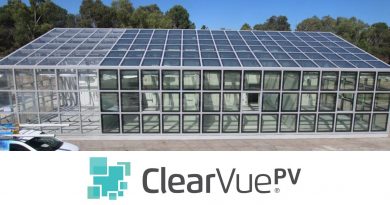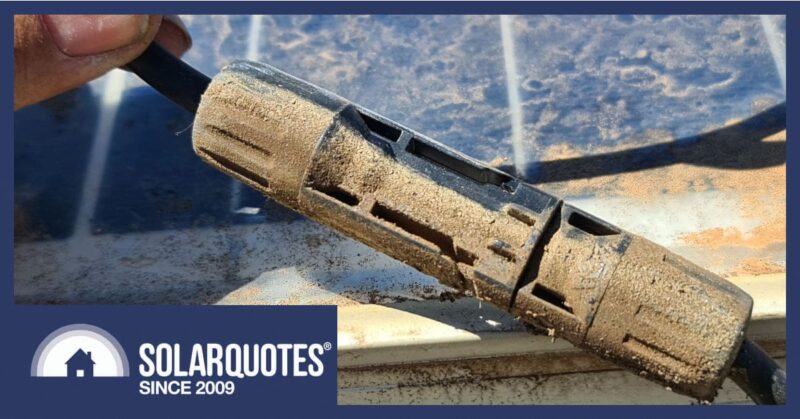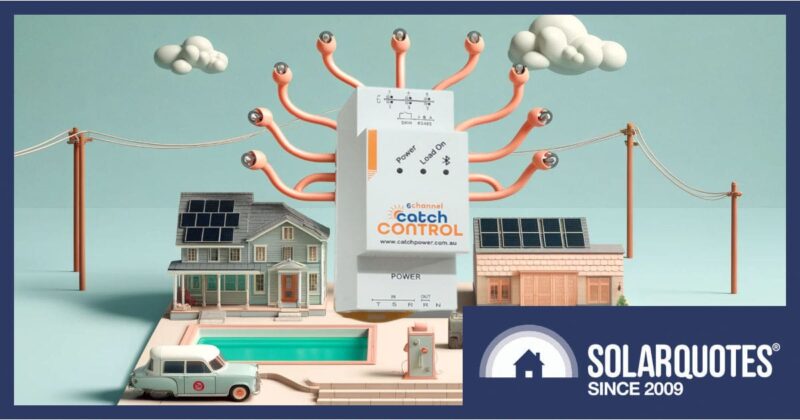NT’s Power And Water Rolling Out More Solar-Ready Smart Meters
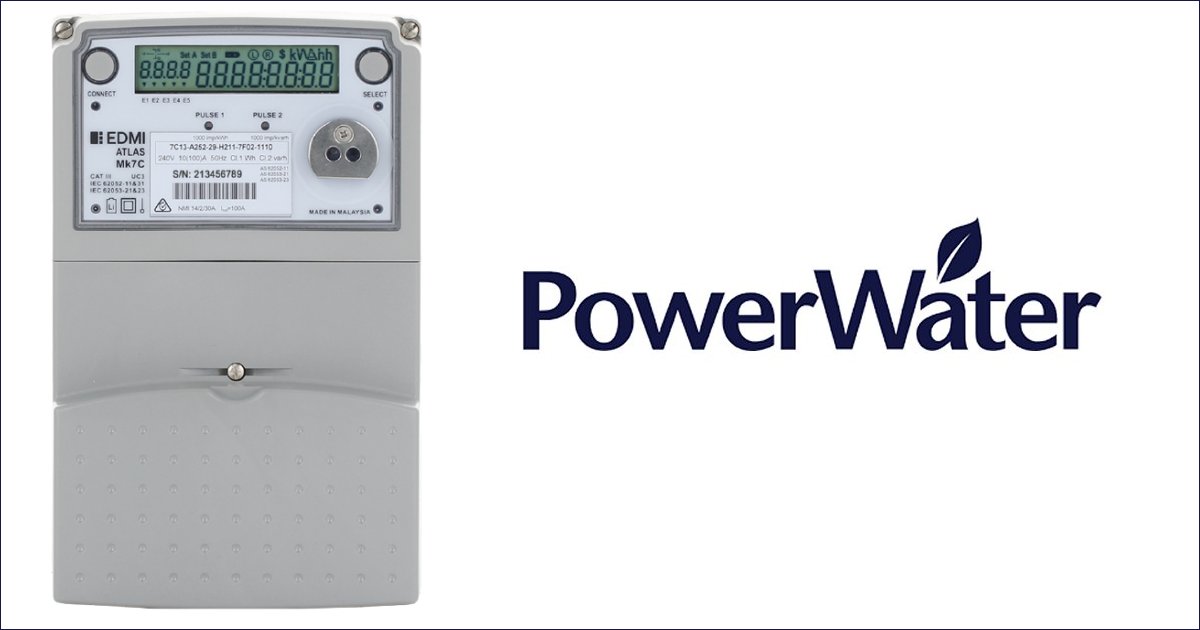
Many Northern Territory residents will soon have snazzy new smart electricity meters appearing in their meter boxes.
Power and Water is the sole Distributed Network Service Provider (DNSP) in the Northern Territory. A Territory government owned corporation, it distributes electricity to more than 244,000 Territorians across 1.3 million km2.
The company is responsible for electricity infrastructure maintenance across its network, from the wires to the meters. And rotating disc mechanical electricity meters currently in place are getting a bit long in the tooth.
Power and Water announced on Monday it will roll out approximately 20,000 smart meters in Darwin, Katherine, Tennant Creek and Alice Springs by the end of June 2024 – around a quarter of all meters currently installed. This will be followed by another 25,000 replacements from 2024 to 2029, and then remaining old meters will be swapped out from 2029 to 2034. Various models will be used, depending on the application.
‘These new smart meters are compatible with solar panel installations and will support us to move towards the Territory’s target of 50 per cent renewables by 2030, making it easier for Territorians to connect to rooftop solar panels and batteries,” said Power and Water Executive General Manager Core Operations, Michael Besselink.
While home solar systems in the Northern Territory are pricier than in southern states, many Territorians are making good use of their rooftops to generate electricity. More than 21,549 small-scale solar power systems (<100kW capacity) had been installed in the NT as at the start of 2023. For those with solar panels already in place, it’s likely they already have a smart meter – particularly if the systems were installed in recent years. Around 24,250 smart meters have already been rolled out in the Territory.
The solar energy aspect aside, the meters will be able to communicate readings remotely, so their use will also reduce the need the need for meter readers to enter properties.
The smart meters are expected to last at least 15 years.
Higher Power Bills With A Smart Meter?
There have been some reports in the past of people noticing higher electricity bills once a smart meter is installed. Other potential factors aside such as actually using more electricity, this likely isn’t due to nefarious activity on the DNSP’s or retailer’s part. In relation to smart meters anyway.
As disc meters age, they can slow down due to wear and tear on components. This can be diagnosed at times by listening to the disc rotation. If a scratching noise is heard on each revolution, it’s a sure sign the meter has slowed. As a slow meter means (slightly) lower electricity bills, perhaps Power and Water will have a job ahead of it replacing some of them.
What About RF EME Emissions?
Smart meters use very low power radiofrequency (RF) signals to communicate information. Some have expressed concerns about potential health effects from RF electromagnetic energy (EME).
According to the Australian Radiation Protection and Nuclear Safety Agency (ARPANSA):
“There is no established scientific evidence that the low level RF EME exposure from smart meters causes any health effects.”
On a related note, SQ’s Ronald has previously answered the question: Is Electromagnetic Radiation From Rooftop Solar Dangerous? (In a single word – no).
Further information on the NT smart meter rollout can be found here and there’s a guide to reading the meters here.
Original Source: https://www.solarquotes.com.au/blog/powerwater-smart-meters-mb2820/

